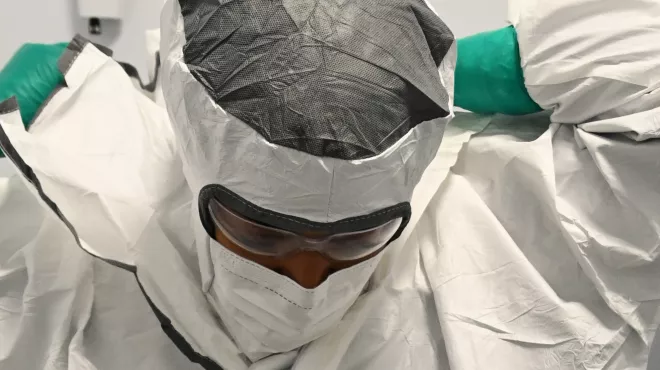When I was a medical researcher, publishing my work was crucial. Writing always made me anxious because I didn’t think it was my strength. But I know that clear communication is a critical skill that every scientist must possess. Whether you are writing a scientific manuscript or preparing a presentation, the key is breaking down a project into parts. Here, I share my steps in this process to help all researchers hone their skills at crafting science communication that will drive drug development forward.
My lawyer father drilled into me that one should never use jargon. Ever. Choose words that everyone can understand, he advised. As a medical student seeing patients, I had to simplify my language and explain things so that patients and families would not tune me out. As a researcher, it became immediately clear that my status would be based on number and quality of scientific publications. No matter how solid your data, the measuring stick of success is how well you communicate your ideas to your peers, your funders, and ultimately the public.
Like many early-career scientists, I dreaded the blank page and put off writing for as long as I could. But procrastination was stifling my career advancement. I realized that breaking a project down into its parts made it far easier to face.
In our work at Novartis, clear and balanced communication of both risks and strengths is probably the most important thing a scientist can do to ensure scientific integrity. To focus resources on helping patients most effectively, scientists cannot become too enamored with their projects. Rather, they must ensure that key decision makers understand what is working and what is not. That requires clearly conveying all of the gaps in a project and the further experiments needed to fill in the answers.
In my experience, there are three critical components for the kind of clear scientific communication that advances drug development.
Focus on key scientific questions
When presenting or writing up a project, ask yourself: What is the strongest message I can convey with this data? Look at your data without a preconceived notion of the outcome. If done correctly, your experiments should be designed to answer important scientific questions, not peripheral issues. Data can be interpreted in several ways. Understand and highlight both the strengths and the risks of your data in your communication, without brushing over the less desirable results. Answering key scientific questions will move you to the next logical step. It will also enable a rigorous discussion at key decision points.
Know the expectations and needs of your audience
Next, ask yourself: Who is in my audience and what do they need to know to understand my work? Scientific information should be delivered to an audience in a way that is digestible and retainable. Our brains absorb and remember well-told stories that have a beginning, middle, and an end. We scientists need to present our data in the clearest and most concise manner so decision makers are armed appropriately. We must present the full story, even if the ending is a question mark that still needs addressing.
Transparent communication allows decision makers to offer breakthrough advice; kill a project in favor of one more likely to yield a useful medicine or perhaps grant teams more leeway in taking calculated risks. If decision makers can openly acknowledge project challenges, perhaps teams will try more innovative approaches to finding a treatment for patients.
Focus your message on the effect you want to achieve
Clearly understand the goal of your communication. Always ask: What action do I want my communication to drive? Are you looking for your project to be replicated? If so, you want to describe the details of an experimental design in a way that another scientist can run that experiment. Perhaps you are drafting an investigational brochure for a clinician who is running your clinical trial. Here, it’s important to explain the results in a way that is relevant to clinical care. Do not clutter the reader’s mind with extraneous information.
I once gave a talk about stem cells to my son’s 7th-grade class. I could have talked about stem cell properties, but I needed to decide, what message do I really want to get across? I thought the students should consider what is or isn’t a legitimate use of stem cells. So I tailored my talk with examples they might have encountered—bone marrow transplants and companies advertising fraudulent stem cell therapies to desperate patients. I count the talk a success because it generated a lot of interest and discussion amongst middle-schoolers.
“The height of sophistication is simplicity”
Coined by playwright Clare Boothe Luce, those words ring true for science communication, as well. Occasionally, I hear the complaint that making simple documents is too much work. It’s true—writing shorter or making simple, but accurate figures takes more effort than dumping all of your raw data into a PowerPoint presentation. But you should expect to have to work for this.
My children have language-processing difficulties and it’s been a good reminder to me that all of our brains work differently. So, the next time you sit down to write, think about the person on the other side of the conference table or computer screen. Try to put yourself in their frame of mind and then deliver the simplest, strongest message you can. Your audience will appreciate it and reward you for it.
Clear communication is a critical skill that every scientist must possess.



